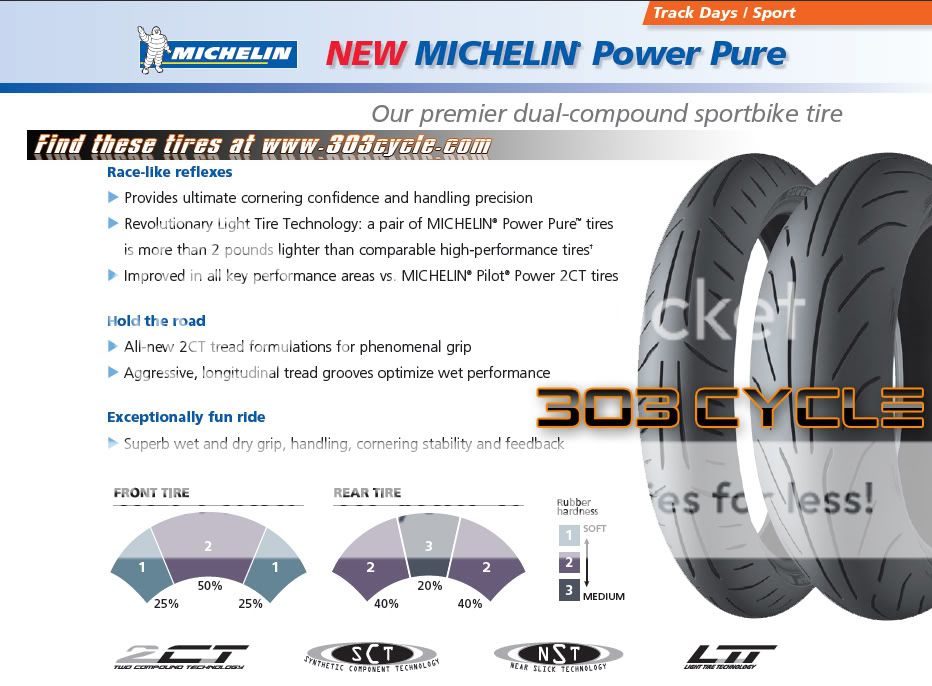We believe everyone should be able to make financial decisions with confidence. And while our site doesn’t feature every company or financial product available on the market, we’re proud that the guidance we offer, the information we provide and the tools we create are objective, independent, straightforward — and free.
So how do we make money? Our partners compensate us. This may influence which products we review and write about (and where those products appear on the site), but it in no way affects our recommendations or advice, which are grounded in thousands of hours of research. Our partners cannot pay us to guarantee favorable reviews of their products or services. Here is a list of our partners.
You can pay from $50 to over $1,000 for a single new tire, depending on type and quality.
By
Whitney Vandiver
Whitney Vandiver
Writer | Car ownership, car maintenance
Whitney Vandiver writes for NerdWallet about ways car owners can save money on ownership and maintenance. She previously wrote in the oil and gas industry, where she was published in national journals and international magazines. Whitney became a writer out of enjoyment and finds stories that highlight or help the LGBTQ+ community the most rewarding to craft. When she's not writing, she enjoys reading and walking with her Irish wolfhound. She is based in Houston.
Learn More
Updated
Edited by Julie Myhre-Nunes
Julie Myhre-Nunes
Assistant Assigning Editor | Auto loans, consumer credit
Julie Myhre-Nunes is an assistant assigning editor at NerdWallet. She has been working in the personal finance space for more than 10 years. Before joining NerdWallet, Julie oversaw editorial teams at NextAdvisor, Red Ventures and Quote.com. Her personal finance insight has been featured on Forbes, The Boston Globe and CNBC throughout the years.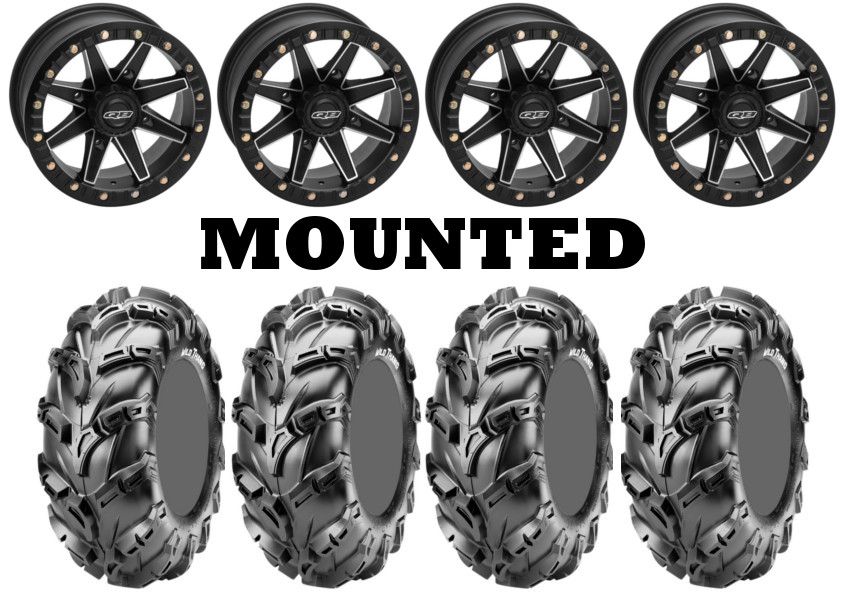 Julie’s writing has been published by USA Today, Business Insider and Wired Insights, among others. Email: [email protected].
Julie’s writing has been published by USA Today, Business Insider and Wired Insights, among others. Email: [email protected].
Many or all of the products featured here are from our partners who compensate us. This influences which products we write about and where and how the product appears on a page. However, this does not influence our evaluations. Our opinions are our own. Here is a list of our partners and here's how we make money.
Tires are a big part of the cost of owning a car, and the range of tire prices doesn’t make it easier to budget for them.
The price of tires depends on several factors, including how they perform in certain weather conditions, how well they handle, and what type of terrain they can manage.
Each type of tire comes with its own price range. And while some tires might induce sticker shock, plenty of affordable options are on the market.
Tires are made of varying compounds and have different treadwear ratings. These ratings tell you how long the tires will likely last. Tires are usually categorized according to the conditions in which they work best. Here are some of the common types of tires, and the factors that may affect their cost.
These ratings tell you how long the tires will likely last. Tires are usually categorized according to the conditions in which they work best. Here are some of the common types of tires, and the factors that may affect their cost.
Weather performance. Tires are categorized as summer, winter or all-season. Summer and winter tires are designed to perform in certain types of weather, and all-season tires find a balance between summer and winter. All-season tires tend to be the cheapest option, and summer tires tend to be the most expensive. Winter tires fall somewhere in the middle.
🤓Nerdy Tip
If you live somewhere that drops below 40 degrees for only a few weeks a year, it’ll be cheaper to buy all-season tires for year-round driving than to go with winter tires that you swap out seasonally.
Comfort. Some types of tires, such as touring tires, are designed to give you a smoother ride. Comfort tires may have the same performance potential as other tires — for example, they may have the same wet and dry braking capabilities as all-season tires — but they tend to cost more because they offer a more comfortable ride.
Terrain. All-terrain tires are generally more expensive than standard highway tires because they have tread designed to let you go off-road. While you can get about 40,000 miles out of an all-terrain tire, it’s likely to wear down more quickly and need replacing sooner than a highway tire.
Performance. Designed for sports cars, performance tires let you take corners tightly and stop on a dime. They’ll give you that fast-driving experience, but you’ll pay more for performance tires.
The cost of tires can vary widely by type. Discount Tire, a national tire retailer, breaks down the average cost of tires by type and wheel size. Here is the range of prices and median cost per tire for each wheel size:
12-inch to 15-inch wheels. Tires often run $80 to $150, with a median price of $115. These tires are common for compact cars.
16-inch to 20-inch wheels. Tires of this size generally cost $100 to $400, with a median price of $250. These tires are common for SUVs, crossovers, vans and trucks.
These tires are common for SUVs, crossovers, vans and trucks.
18-inch to 26-inch wheels. Tires often cost $140 to $500, with a median price of $320. These tires are common for larger trucks and utility vehicles.
The cheaper the tire within a certain group, the less likely it is to perform as well or last as long. Economical options are available, but research the quality of any tire you’re considering before buying it.
The table below shows the range of prices for different types of tires. These prices are not specific to a certain vehicle or tire size. They were gathered from Discount Tire's online inventory in October 2022.
Type of tire | Low price per tire | High price per tire |
|---|---|---|
All-season | ||
Summer | $1,486. | |
Winter | $1,311. | |
Touring | ||
Terrain | $1,447. | |
Performance | $1,486. |
When having new tires installed, the total average cost for labor is $50 to $300, according to CarRoar.com. The labor cost can vary by vehicle and tire size: The bigger the tires or more complicated the install, the higher the labor charge. For example, many shops charge more to mount low-profile tires.
Having new tires installed includes several steps. Your total labor cost is likely to include the time to perform the labor, mounting and balancing of the new tires, and disposal fees to get rid of your old tires.
🤓Nerdy Tip
You are likely to get a discount on the labor for having new tires installed if you have the work done at the shop where you purchase the tires.
Frequently asked questions
How much does a set of four tires cost?
The price of a set of four tires will depend on the size and type of tire, but the median price for four tires is between $460 and $1,280.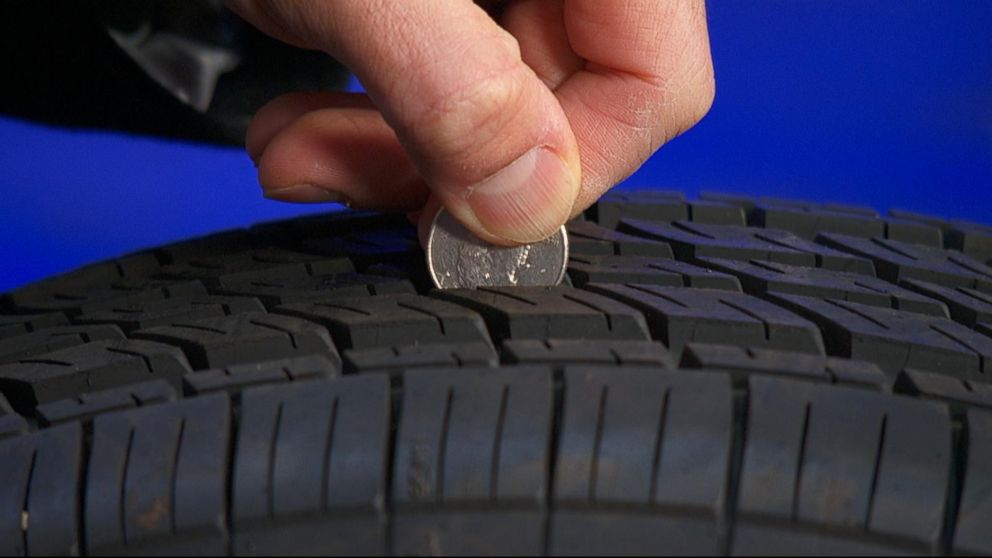 If you have smaller tires and decide to go with a cheaper option, you could pay below that range. However, if you have larger wheels and want performance or touring tires, you’re likely to pay close to $1,000 or more. Keep in mind these prices do not include labor fees to have the tires installed.
If you have smaller tires and decide to go with a cheaper option, you could pay below that range. However, if you have larger wheels and want performance or touring tires, you’re likely to pay close to $1,000 or more. Keep in mind these prices do not include labor fees to have the tires installed.
What is a good price to pay for tires?
The price of a tire depends on several factors, but you can use the average median price based on size to judge if you’re getting a good deal. A median price for a tire for a 12-inch to 15-inch wheel will run about $115. That jumps to a median price of $250 for 16-inch to 20-inch wheels, and a tire for a larger 18-inch to 26-inch wheel is likely to have a median price of $320.
Should I replace all four tires at once?
You’ll probably need to replace all four tires at once if you drive an all-wheel drive vehicle. Otherwise, you could damage the vehicle’s drivetrain. But other types of vehicles give you more options. You can probably replace a single tire if it’s damaged and the other tires still have substantial tread remaining.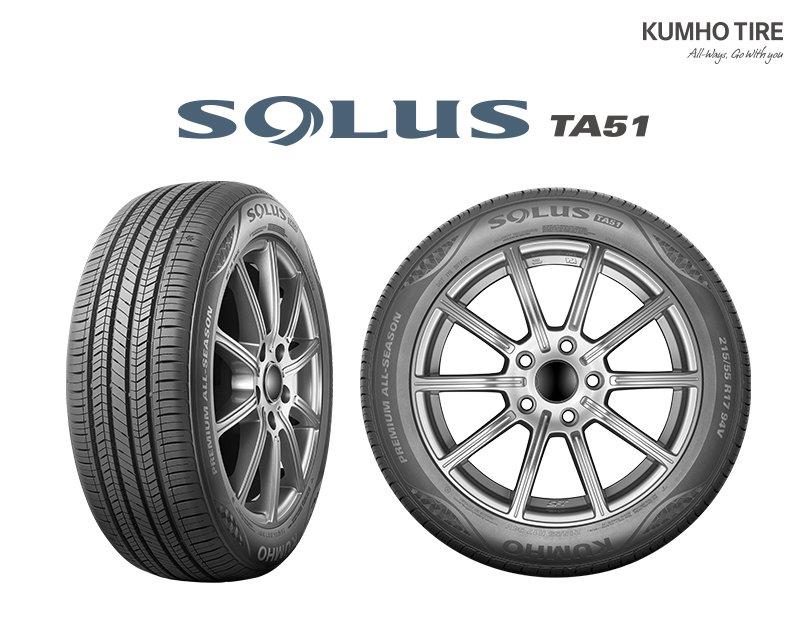 Chat with a tire specialist if you’re unsure about your options.
Chat with a tire specialist if you’re unsure about your options.
How long should four tires last?
If you replaced all four tires at the same time or are on a vehicle’s first set of tires, on average the tires should last about six years and get between 36,000-75,000 miles in their lifespan. But tire life can vary with factors like driving habits, maintenance and climate. Regardless of their condition, no tires should be used longer than 10 years.
About the author: Whitney Vandiver is a writer at NerdWallet currently focusing on car ownership and maintenance. She's previously written about small business and payments. Read more
On a similar note...
Get more smart money moves – straight to your inbox
Sign up and we’ll send you Nerdy articles about the money topics that matter most to you along with other ways to help you get more from your money.
At some point, every car requires new tires.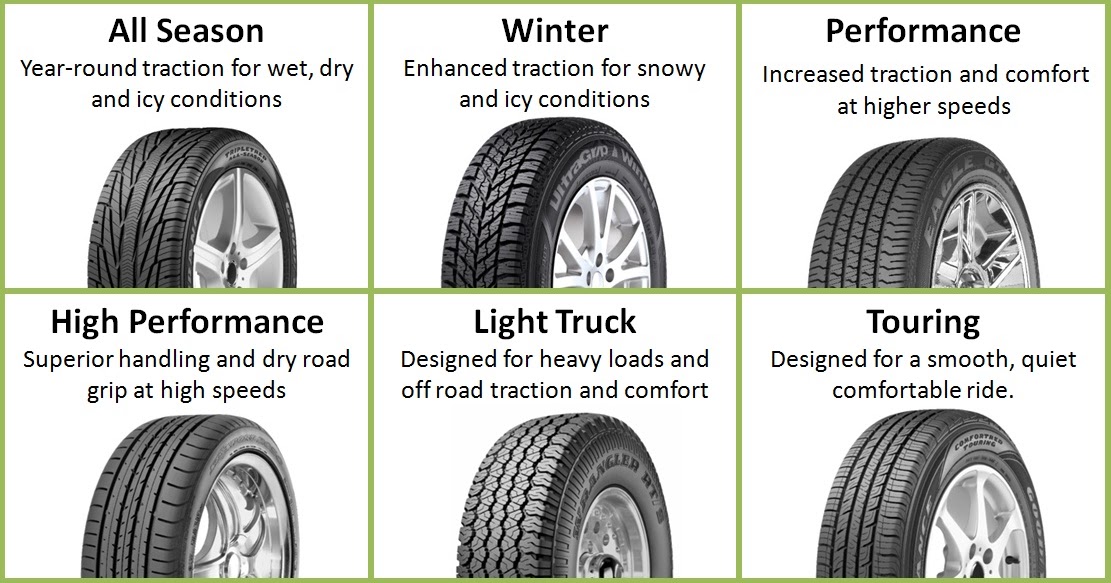 Since you want to budget accordingly, it’s important to know – how much does it cost to replace your tires?
Since you want to budget accordingly, it’s important to know – how much does it cost to replace your tires?
In this guide, I cover the varying factors that influence the price of your new tires. I will also give you a few tips that may help you save some money.
How Much Do New Tires Cost?A new set of four tires will usually cost you between $400 and $1500, depending on the type of tire, vehicle, quality and where you get them installed. If you choose cheap tires, you may be able to spend $50 each, but on some vehicle types, you can easily spend $1500 or more on a new set of tires.
Now that we have the quick answer to the general cost of new tires, let’s take a closer look at the factors that affect the cost.
Factors Affecting Cost to Replace Your Tires1. Tire SizeThe biggest factor affecting your expense will be the size of the tire you need. You can find tires in all sizes, meant for a multitude of purposes. If you have a compact car, you will have the cheapest tires available, maybe even $50 each.
If you have a compact car, you will have the cheapest tires available, maybe even $50 each.
Of course, high-performance cars, large pickup trucks, specialty off-road vehicles, and SUVs will naturally cost more. A good rule of thumb is that the larger the tire is, the more you can expect to pay for it.
2. BrandThere are just as many tire brands as there are sizes. Many tire shops specialize in one budget brand and carry a multitude of name brands.
You will spend far less to go with the no-name brand, but you need to think about the quality. After all, if you save money today by choosing this brand, does it really pay off if you have to replace the tires again prematurely? You may also get a much longer mileage warranty with quality tires than with inexpensive tires.
If you choose a premium tire brand such as Michelin, Continental, Goodyear, Bridgestone, you will of course pay much more, but you know that you will get quality tires that last a long time and keep your vehicle on the road.
RELATED: 6 Worst Tire Brands to Avoid Buying
3. Installation CostMost tire shops do not make a lot of money on the tire installation. The job itself doesn’t take long and the price can often be included with the cost of the tires.
On average, you can expect most shops to tack on about $20-$40 per tire for the installation. However, if you visit a warehouse club, that expense could be even less.
4. Tire DisposalYou don’t get to leave your old tires with the shop without paying a price. These shops must pay to have them recycled, so that cost gets passed down to you.
On average, the tire disposal fees will be between $2 and $10 per tire. If you would rather save this money, you can get rid of them yourself.
5. Road Hazard/Warranty ProtectionOn top of the regular price paid for your tires, you may choose to add some extra warranty protection. With road hazard protection, you are covered if your tires get a hole or blow out.
However, you must be careful who you choose to get road hazard through. Not all companies are going to follow through on the agreement, leaving you paying for protection that doesn’t matter when something actually goes wrong.
6. Wheel AlignmentWhen your new tires are installed, you will need to get a wheel alignment. Having properly aligned tires ensures that they last as long as possible.
You might pay between $75 and $200 to have the wheels aligned, depending on how many need to be done. However, this money can be seen as an investment, ensuring that your tires continue to provide reliable transportation.
How to Save Money on Tires1. Shop AroundThe most important factor is shopping around. You can call one location and get a price on a particular set of tires, and the cost will be completely different somewhere else, even though they are the same tires.
When you are shopping around, keep a couple of costs in mind.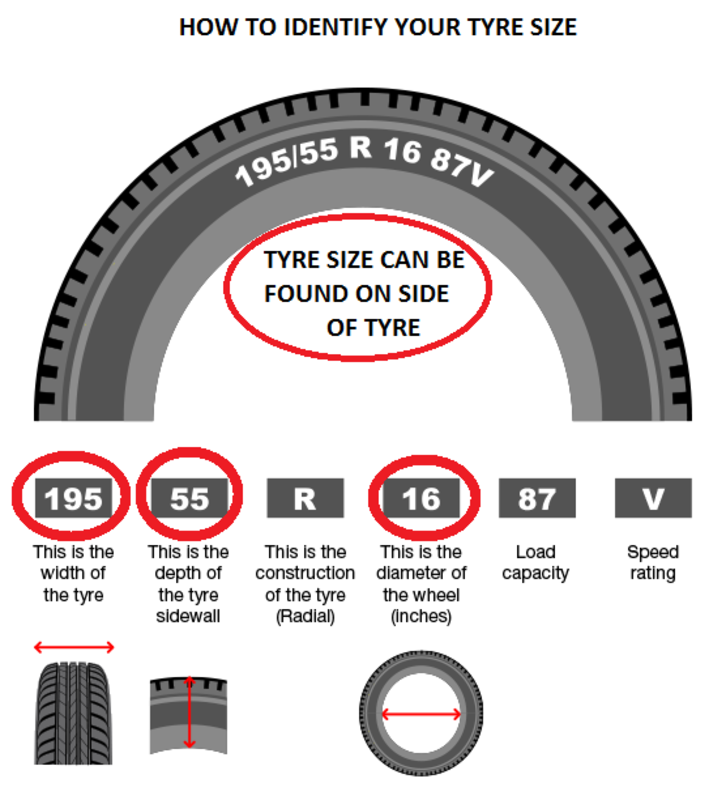 You will have the cost of the tires, the cost of installation and any fees that the company charges. Ask for the “out the door” price, so you can compare it apples-to-apples.
You will have the cost of the tires, the cost of installation and any fees that the company charges. Ask for the “out the door” price, so you can compare it apples-to-apples.
RELATED: How Much Do Rims Cost?
2. Watch for SalesYou can get a great deal if you shop during a sale. Of course, it’s not always convenient to wait for the next sale, but if you have some time before the tires need to be changed, this is a great way to save.
Throughout the year, tire shops will offer various sales. You can take advantage of a Buy 3, Get 1 Free deal or enjoy a certain percentage off. Most tire sales correspond with holidays, so you can tell when one might be around the corner.
3. Take Advantage of RebatesTire shops don’t often make a whole lot on the tire, so discounts can be limited. However, the manufacturers are happy to offer rebates throughout the year.
Most of the rebates are through the mail but can be found online.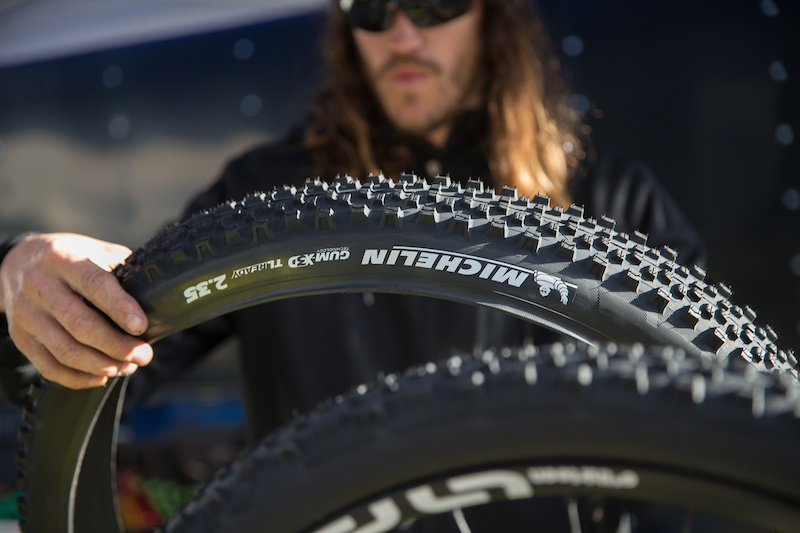 Additionally, the tire shops have the inside scoop on what’s available, so be sure to ask.
Additionally, the tire shops have the inside scoop on what’s available, so be sure to ask.
It’s not always wise to purchase used tires, but the takeoff is something entirely different. These tires were installed brand-new and only used for a couple of days before the customer decided they didn’t want them.
It could be that the client didn’t appreciate the ride or simply decided they wanted something better. Either way, the tire shop will offer the replacement tires at a discounted price, so be sure to ask what’s available, especially if you use a popular tire size.
5. Use All-Season TiresIf you live in a cold climate where a lot of snow falls, you might have two sets of tires. Most people in these regions use summer and winter tires. With two sets of tires, you have a lot more money out, especially every time you need to have them switched.
If you aren’t actually driving in the snow, it might be better to use all-season tires throughout the year. While these aren’t going to get you through deep snow, there’s no sense in spending more for something you don’t need. Evaluate your options and see if you can stick to using one set all year long.
While these aren’t going to get you through deep snow, there’s no sense in spending more for something you don’t need. Evaluate your options and see if you can stick to using one set all year long.
RELATED: 10 Best All-Season Tires – Review & Buyer’s Guide
The lifespan of a tire will depend on the type of tire, the type of driving you do, and the climate. Generally, tires last between 50,000 and 80,000 miles and 6 years. If you drive a lot in city traffic and brake a lot or live in a hot climate, your tires may wear out sooner. If you often drive around with low tire pressure or a bad wheel alignment, they may also wear down sooner.
If your tire tread depth is close to 2/32” or under, it’s definitely time to replace them.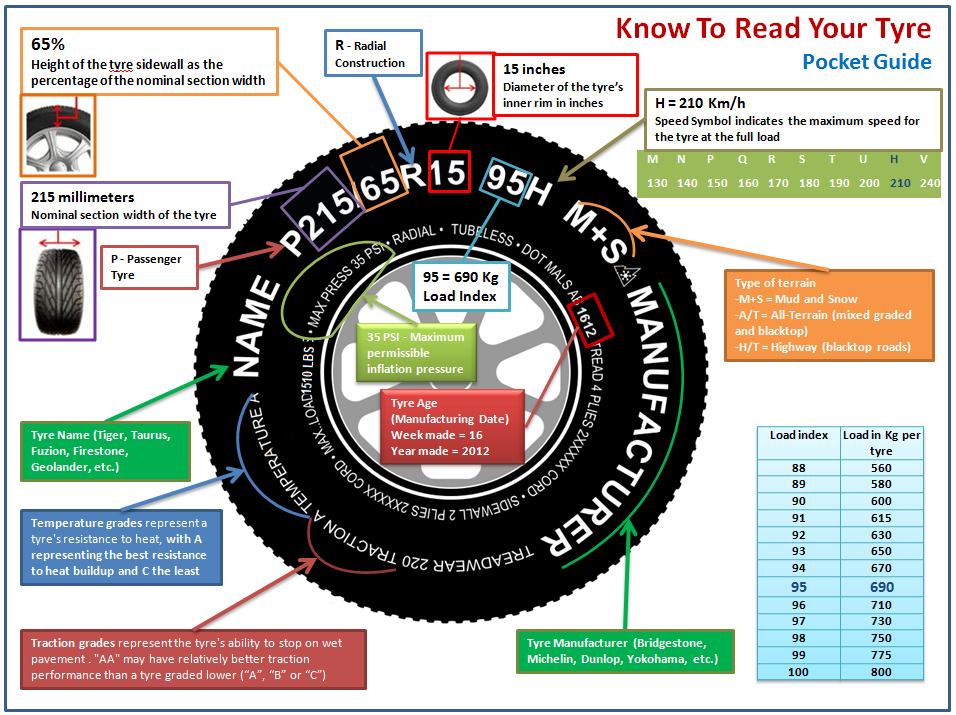 Most tire manufacturers recommend replacing tires every 6 years, regardless of the number of miles driven. This is because tire rubber degrades over time, even if the tires are not used. Tires that are more than 6 years old should be inspected by a professional to determine if they are safe to use.
Most tire manufacturers recommend replacing tires every 6 years, regardless of the number of miles driven. This is because tire rubber degrades over time, even if the tires are not used. Tires that are more than 6 years old should be inspected by a professional to determine if they are safe to use.
If your car is two-wheel-drive, it’s fine to replace two tires on the same axle instead of four, although you need to consider that your car will handle differently with two new tires than with four. If you are replacing two tires, it is best to put the new or best tires on the rear axle, as this will improve traction and stability.
On many 4WD and AWD cars, however, the diameter of the tires must match, otherwise, you can damage the transmission or the differential. Therefore, it is recommended to replace all four tires on 4WD cars, and it’s a requirement for many car brands like BMW and Audi.
You need to read the tire dimensions on your old tires and take them to the tire shop.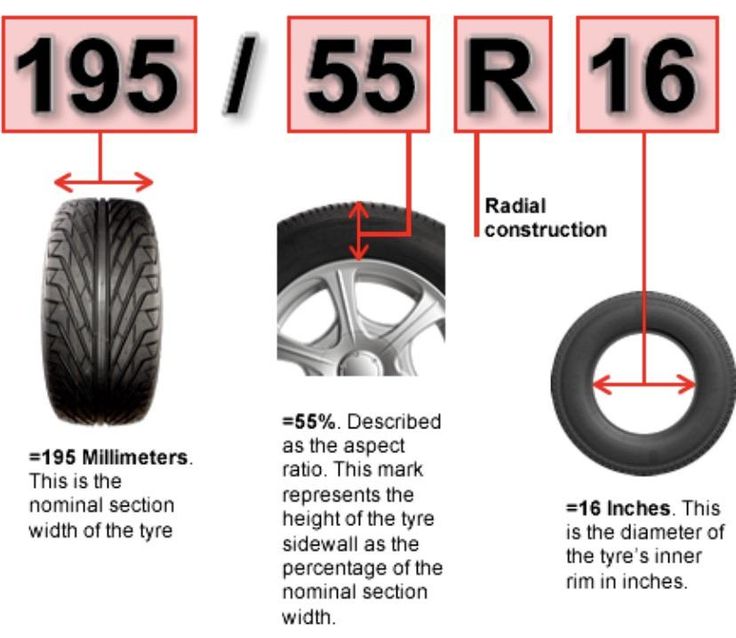 You can also call your authorized dealer or check your owner’s manual if the wheels are stock.
You can also call your authorized dealer or check your owner’s manual if the wheels are stock.
Categories: Tires, Estimator
Goodyear todas as estações
A gama Vector 4Seasons tem mais de 30 anos de êxitos e inovação, desde que em 1985 lançou o seu primeiro modelo.
Campeão 4 Estações, graças ao facto de ter ganho mais provas em comparação com qualquer outra marca testada.
E melhor pneu 4 Estações 2018 frente aos restantes concorrentes, eleito pela prestigiada publicação Auto Bild.
Mais informações
Designed for durability, excellent handling and reliable traction.
Find tires
These tires offer excellent off-road traction and excellent handling on road surfaces.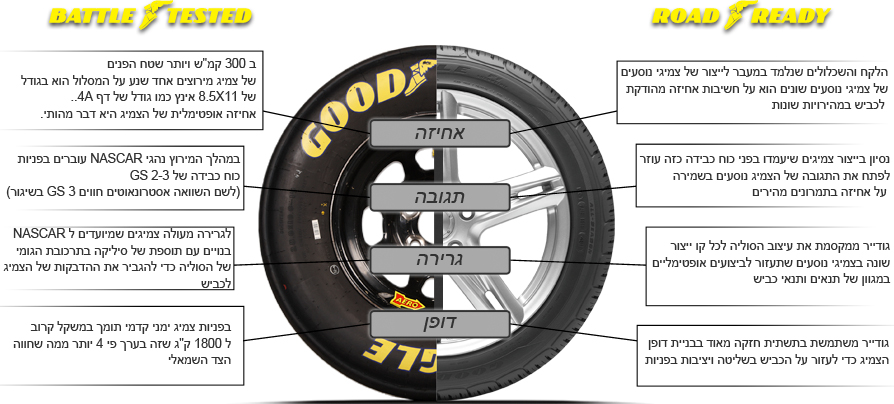
Find tires
Designed for extended mileage and excellent traction in all weather conditions, with special treads for a smooth and quiet ride.
Find tires
List of other brands
New summer tires
Ready for any corner. Confident grip and precise handling.
More
INNOVATE
Find out how we are shaping the future of electric mobility.
More
TESTS
Based on 208 tests since 2013 published in 37 independent European tire magazines.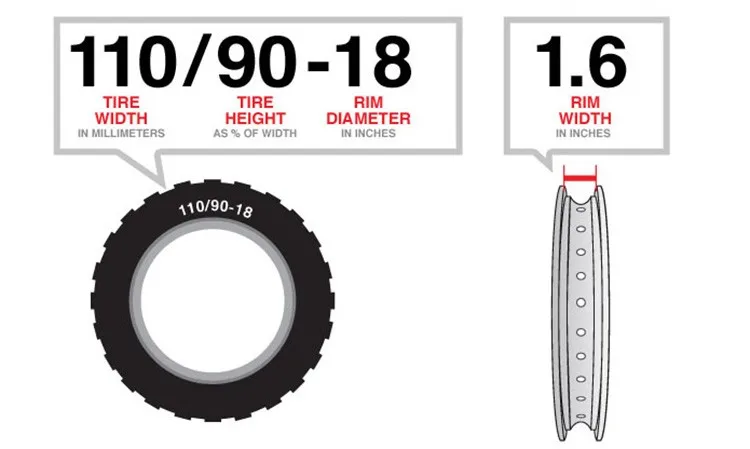
Read more
PRODUCTS
Vector 4Seasons Gen-3
Learn more
goodyear/consumer/countries/russia/TW-TT20-MT2813-report-RUS.pdf
**Goodyear Eagle F1 SuperSport RS tires are designed exclusively for use on Porsche 911 GT2 RS and Porsche 911 GT3 RS (911 Series) models and should not be used on other makes or models of the Porsche brand. Read more
Calculation based on the following information:
*** Based on 60 magazine reviews conducted by 17 leading independent European tire magazines between November 2013 and September 2022. The calculation is based on the number of Goodyear test wins in the year-round category compared to tested competitors. For more information, see https://www.goodyear.eu/ru_ru/consumer/legal-disclaimer-80-claim.html. The term “recommended” is based on separate rating systems of various magazine publications and is defined as tests in which Goodyear tires received ratings from 1 to 3 or were in the category “highly recommended”, “recommended”, “very good”, “good”, “ exemplary" or "satisfactory".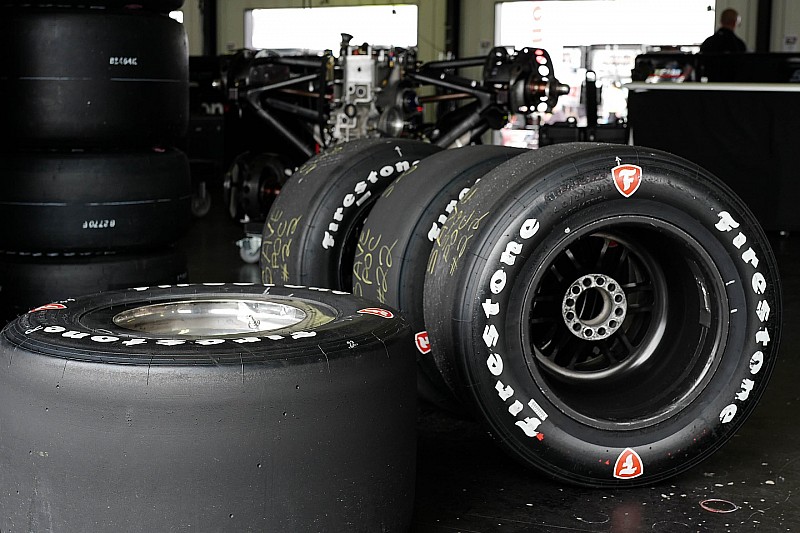
For journals using a different rating system, we standardized their rating scales to match our calculations; an ADAC score of "good" indicates "highly recommended" and a "satisfactory" score indicates "recommended". The Auto Bild (Auto Bild Allrad, Sportscars, Reisemobil) rating "exemplary" means "highly recommended" and "good" means "recommended". All other "very good" ratings are "highly recommended" and "good" ratings are "recommended".
Tires are not the first freshness. As absurd as it may sound, the question of the release date of tires worries some buyers. In garages and tire shops, they answer the question in completely different ways - does the year of rubber production affect the quality of the tire? To be honest, probably not. Let's figure it out.
How to determine the year of manufacture of tires? The manufacturer indicates the week and year of manufacture on the tire on the inner circle near the bead ring. 4 numbers in an oval - what we are looking for. For example, 4317 means that the tires left the assembly line in week 43 of 2017. It turns out, around October. In accordance with standards and common sense, you can absolutely safely buy new tires that were released 3-4 years ago. The manufacturer sets a warranty period. Usually it is 5 years. The service life can be much longer.
4 numbers in an oval - what we are looking for. For example, 4317 means that the tires left the assembly line in week 43 of 2017. It turns out, around October. In accordance with standards and common sense, you can absolutely safely buy new tires that were released 3-4 years ago. The manufacturer sets a warranty period. Usually it is 5 years. The service life can be much longer.
Yes, many tire manufacturers have tested new tires on par with 3 year olds at their test centers. Michelin's 2018 study received the biggest response. Rubber was tested in Asia, Europe and proved that new and three-year tires are one and the same. The result of the experiment was the advertising campaign “Tyres are not bananas” and the conclusions: three-year-old tires from the warehouse are no different from new ones, and the real life of high-quality tires is up to 10 years from the date of production.
Right.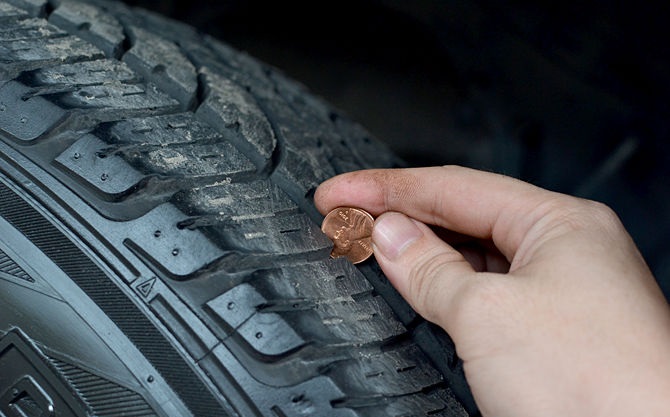 And in their research, Michelin experts spoke only about their tires, subject to strict adherence to the rules for long-term storage. In our country, everyone is guided by the norms and recommendations of GOST. It regulates the period during which the manifestation of defects is excluded - 5 years. During this period, they are considered new and are subject to sale in the usual way.
And in their research, Michelin experts spoke only about their tires, subject to strict adherence to the rules for long-term storage. In our country, everyone is guided by the norms and recommendations of GOST. It regulates the period during which the manifestation of defects is excluded - 5 years. During this period, they are considered new and are subject to sale in the usual way.
A visual inspection is sufficient for this. For example, you decide to buy tires in Yekaterinburg or Nizhny Tagil. And you are offered four-year tires, explaining this by the total supply of such a batch to the Urals. Examine each carefully. The main beacons are surface integrity and color.
1. Exclude the presence of microcracks, even single ones - this is an indicator that the rubber has begun to dry for some reason.
2. The color of the tires should be a rich black, without whitish streaks and faded areas.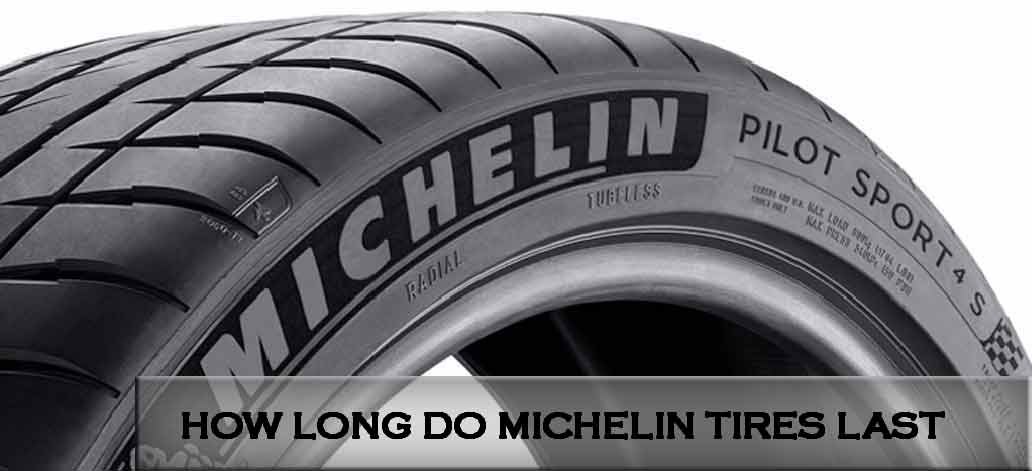
3. If you really want to, you can try on the wheel at the tire shop at the store. Rubber should remain intact, not give microcracks and require standard balancing.
In 99 cases out of 100, this will be the case. A quality tire may not show signs of aging after 5 years of proper storage. This is only possible with manufacturing defects.
No one has done exact research, but marketing is most likely to blame. In order to stimulate sales of new tires, it is logical to convince the client that it is dangerous to ride on old tires.
Yes. The warranty period of 5 years is the period in which the manufacturer assumes responsibility for possible defects. Moreover, it is calculated with a margin - with the expectation of active operation in a constant mode in difficult road conditions. The actual service life is much higher. We are also given a 3-month warranty for shoes, but we wear high-quality models for several seasons and do not know anything about the release date.